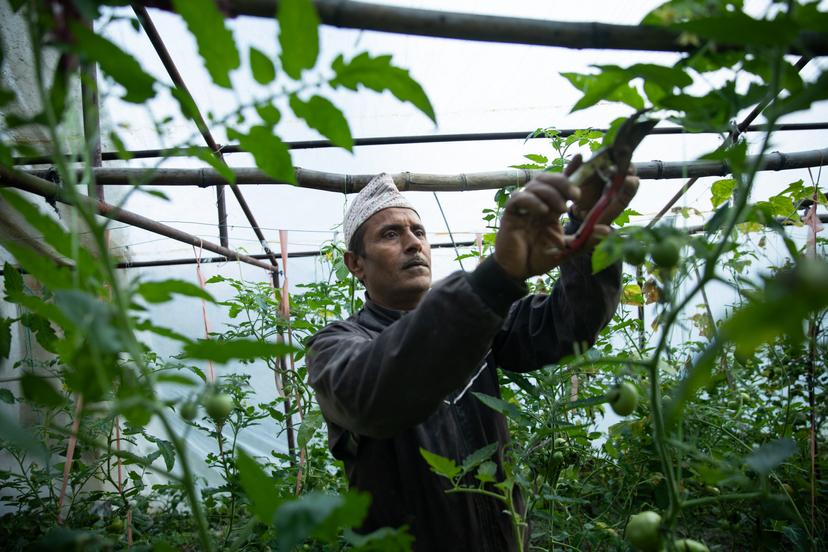Canada
School Food Programmes (SFPs) in Canada provide an example of how a country without a national school food policy/strategy and programme endeavours to nourish students. Canada is the only G7 country and one of the only industrialized member countries of the Organization for Economic Cooperation and Development (OECD) without a nationally funded and harmonized school food program or policy. Instead, municipal and provincial/territorial (P/T) governments, a few federal government departments/agencies, and non-governmental organizations (NGOs) at all levels support an inconsistent patchwork of programs across Canada. Without a federal school food program for Canada, a grassroots movement of SFPs has developed innovative programs to fill a significant gap click here to learn more
School Meals
Number of primary school children receiving school meal
Enrolment
Children enrolled in primary schools in Canada
Jobs
Jobs created as a result of school feeding
Funding
Annual financial investment in school meals
Policy Frameworks
Has Canada adopted a school meals policy?
Complementary Activities
Implemented in conjunction with school meals
SDG4
Proportion of school-attending children receiving school meals (coverage).
Coming Soon
Emerging Research on School Health and Nutrition

Value for money
This indicator aims to quantify the returns of national school meal programmes across multiple sectors, including education, health, social protection, and agriculture. The economic methodology and analyses build upon the global model previously developed jointly by World Food Programme, Harvard T.H. Chan School of Public Health, and the Research Consortium for School Health and Nutrition. The study is currently being finalised in eight African countries that is, Malawi, Niger, Cote D’Ivoire, Ethiopia, Burundi, Namibia, Sierra Leone, and Mozambique.

BOND-KIDS
Biomarkers of Nutrition for Development-Knowledge Indicating Dietary Sufficiency (BOND-KIDS)
School-age (between 5 and 19 years) represents a range of critical stages in both physical and neurological development. Each developmental stage is nutritionally sensitive and demands food security, ensuring stable access to and availability of a high-quality diet to meet nutritional requirements. The BOND programme, an international collaboration led by the Paediatric Growth and Nutrition Branch of the US Department of Health and Human Services, began in 2010 with a focus on discovery, development, and implementation of reliable and valid biomarkers to assess nutrient exposure, status, function, and effect. The BOND-KIDS project continues the effort to understand and harmonize biomarkers with a focus on school-age children, to address a range of issues impacting the domestic and global food and nutrition enterprise, including food insecurity.

